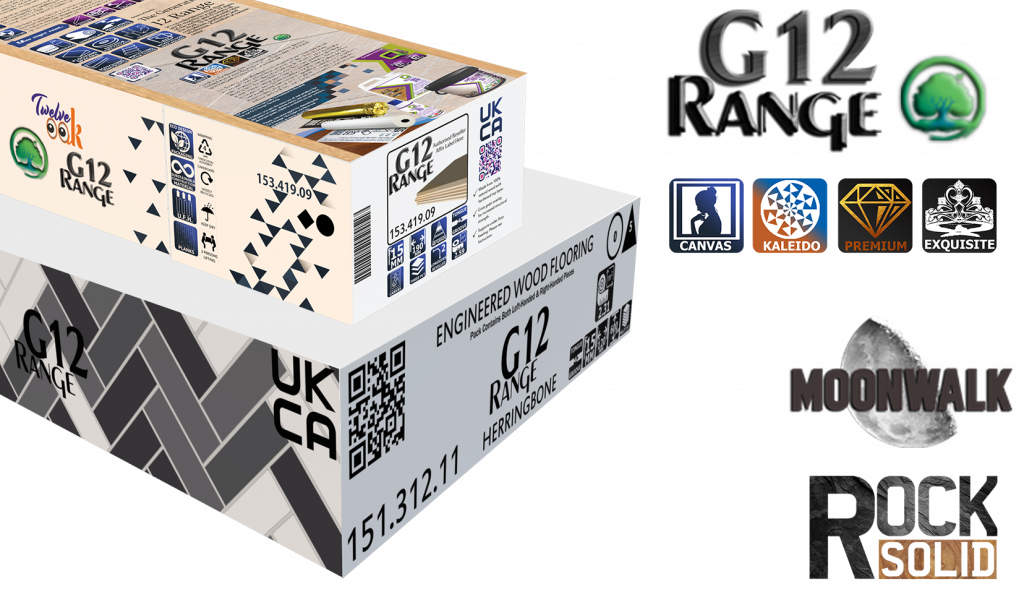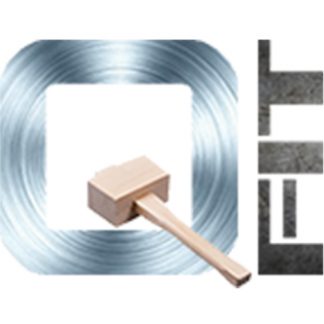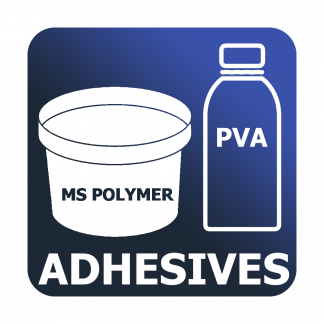We have a unique grading process. Whilst some in the industry like to grade the product by a robotic specific, we grade our veneer by guidelines. We don’t believe applying a rigid label to nature is the right thing to do. You can put the acidity content of wine on its bottle but that has no bearing on the taste. The winemakers, with their expertise and a well-trained taste bud. They make the determination of their products. We leave that with our veneer grader. Some of our graders have over 30 years of experience and they are in possession of knowledge to ensure the undertone and the characteristic of the product matches the expectations of our customers. We run a minimum of five passes during our grading process.
We provide grading information for all our products. For our prefinished ranges, this serves as a direction for design needs but serves little relevance as those veneers are specifically selected for the product we developed. Take the grouse feather for example. The sound knot is made into a “Cardioid” shape design. [Figure X], another example is our Slate [Figure Y], the sapwood on both sides of the planks forms a unique character, and therefore knotty or sappy is immaterial but often end users are miss guided by the grading information and misinterpret them as a quality reference but in fact, they are a character reference. It’s true that higher grades are often associated with a higher price tag but this is due to the rarity and the availability of clean boards. The structure and finishing quality remain consistent throughout our products. For our unfinished range, however, this is crucial. Please see the grading table for information so that you know what you would expect. In addition, we have an Allowable Miss Grade. We introduce this as part of our grading process by design, there are circumstances and up to a certain percentage, where we would introduce slightly lower grade veneers into the product. Such as a sound knot a little exceeded the diameter of an ABC grade but located right at the end and side edge of the plank. Our grader has arrived at the decision and determined that it will not affect the undertone of the flooring as a whole. As the fitters should always liaise with end users on how they wanted to portray the floor and the arrangement of the furniture, the allowable missed grade could place in either a less conspicuous area or used for cutting areas and lose that completely. The idea is common sense that wastage is inevitable. Please see our AMG table for more information.







